Advanced Underwater Lighting Techniques
So you’ve mastered “traditional lighting” techniques and you’re ready to take the next step to furthering your creative underwater vision.
Strobe Modifiers
-
Snoots
Studio and commercial photographers have been using light modifiers forever to shape and direct the light from their strobes to specific areas of a subject. A snoot is a conical tube that fits over a strobe to concentrate the beam of light into a small circular area on the subject. To-date there has been little experimentation using snoots in underwater photography and there are no underwater snoots commercially available. Applications of snoots underwater are most appropriate for macro and super macro photography.
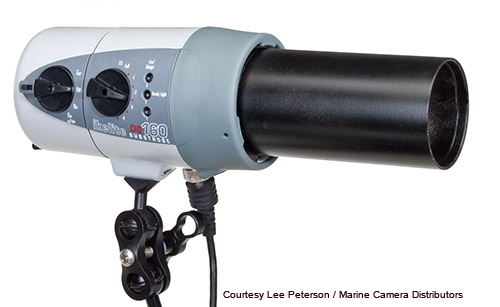
We know of one company currently working on developing underwater snoots, but until they are commercially available, creating your own DIY underwater snoot is possible if you really want to experiment by cobbling a working snoot together with parts from your local Home Depot or hardware store.
-
Changing Your Strobe Color Temperature With Filters
First – why would you want to choose to change the color temperature of your strobes?
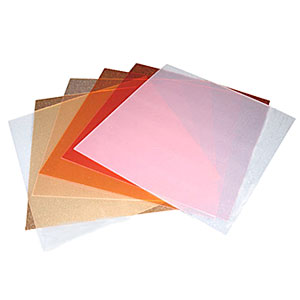
ecause for wide angle underwater photography, changing the color temperature of your strobes can help create a rich blue water background.
Strobes are only used to illuminate the foreground of your image, and every strobe outputs light at a specific color temperature. SEA & SEA strobes are cooler at approximately 5,400K, while Ikelite strobes are warmer at 4,800K, Subtronics and Seacam’s are even warmer at around 4,300K. You can change the color temperature of your strobes by using gel filters to warm or cool the light. By doing so, when you convert the image in your RAW converter, you would adjust the white balance to restore and compensate to produce a neutral color balanced foreground, and as a function of doing so would be enriching the background colors. When shooting in blue water, warming gel filters would create richer blues as you would need to adjust the overall white balance to a cooler color temperature. Essentially you want to use a filter that converts daylight to Tungsten, such as a Lee 444 1/8 C.T. Straw or similar. The Lee 444 converts daylight to Tungsten 5700K with a Yellow Bias mired shift + 20. For green water, cooling the strobes down would require a white balance adjustment that warmed the overall image, enriching the green background, if that’s the look you’re going for.
Backlighting
While it is certainly counter intuitive to shoot into a light source, backlighiting your subjects can produce very unique and striking images. By positioning your strobe(s) behind your subject, you can accentuate the outlines of the subject and in the instance of a translucent subject, it may even appear to glow. The most challenging aspect of backlighting is to prevent flare from your strobes by ensuring that the light is not being directed into the lens. Certain lenses, like mid range zooms, are more susceptible to flare than prime or macro lenses.
Backlighting can be incorporated as one of several light sources to accentuate or emphasize a translucent subject or to provide a rim light. The strobe can be triggered from an optical slave or hardwired and handheld behind the subject by your or an assistant. Another approach to backlighting is using a sole light source behind the subject, in which case the outcome is more of a silhouette with glowing edges.
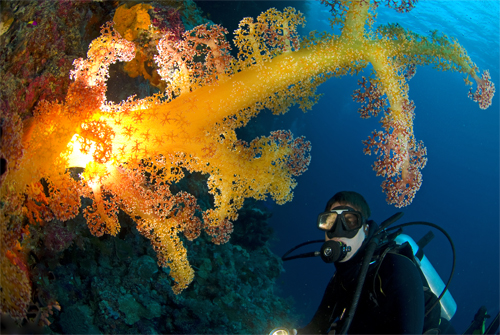
Shooting With Multiple Strobes
If you want to take your creative lighting up a notch, try shooting with three or even four strobes. However, if you are going to do so, do it for the right reasons. We know it looks cool to have four strobes hanging off your rig, but that’s not a good reason to do it!
In all seriousness, adding additional strobes does not give you much more power, but it does give you something more important – control. And with control comes creativity. Shooting with multiple strobes allow you to create unique lighting angles and lighting rations, giving you the ability to sculpt light onto your subjects, creating more texture and dimension. Underwater photography techniques with multiple strobes takes time to hone, but if you’ve already pushed the limits of your photography with two strobes, and you’re feeling that the light looks a little flat, consider giving it a try.
Don't Be Afraid to Experiment
As you progress your underwater photography, don't be afraid to try new approaches to lighting. A unique approach to lighting will help your images stand out from the crowd and can define your style. It's also a lot of fun to let those creative juices flow and allow you rinner artist to shine. Sometimes the best images are created during experimentation.
Now that you've made it through the underwater photography lighting guide, you may want to check out the Creative Techniques, and Mastering Digital Workflow and Editing.
RELATED CONTENT
Featured Photographer

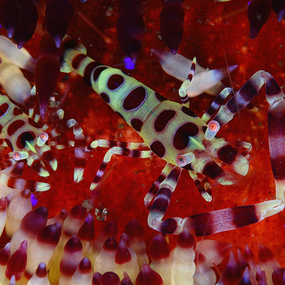

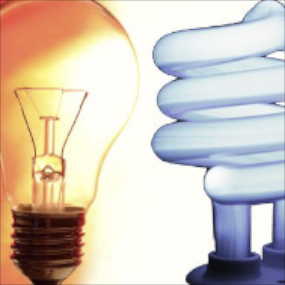
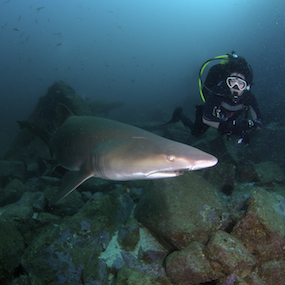
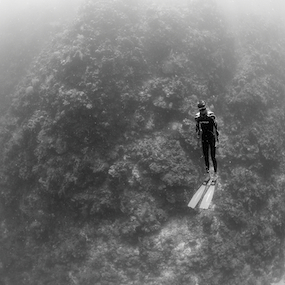
 Antarctica
Antarctica




